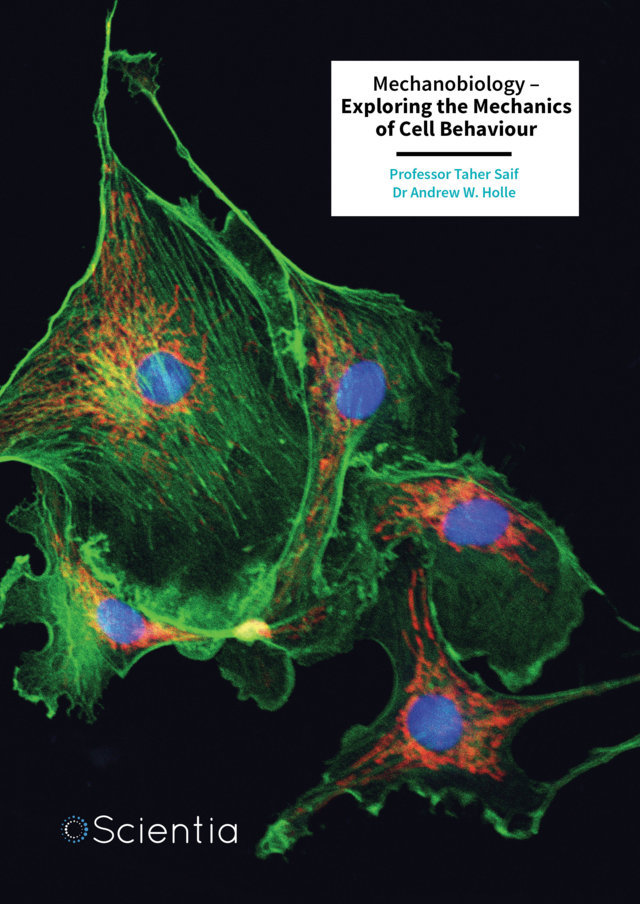Training walls and entrance breakwaters have long been used to keep estuary entrances clear of shoals that threaten boat navigation and increase flood risks for nearby communities. But new research by Alexander Nielsen of Worley Consulting and coastal engineer Angus Gordon reveals that these structures may be causing long-term damage. Their study uncovers how engineered inlets are reshaping the flow of water through estuaries, disrupting wetland ecosystems and triggering costly maintenance challenges. More
Along the coasts of bays, lagoons, and estuaries, the sea floor is constantly reshaped by the forces of nature. When floods occur or tidal flows shift, they can scour out underwater entrance channels – deepening and widening the paths through which tidal waters flow in and out of the estuaries. But this scouring process doesn’t go unchecked: sediment carried by currents along the shoreline naturally rebuilds shoals and sandbars, which gradually fill in these inlet entrance channels.
While this natural balance maintains a dynamic but mostly stable environment, it also creates problems. Shoals and bars can make navigation hazardous and can restrict floodwaters from escaping to the ocean, raising the risk of flooding in surrounding communities, especially those built along low-lying shores.
To solve this problem, coastal engineers have turned to structural fixes; training walls built at inlet entrances to guide the flow of water and encourage scouring, groynes and breakwaters to help keep the channels open by preventing sediment from drifting back across the entrance. However, they do more than just reshape the shoreline.
By increasing the efficiency with which water enters and exits estuaries, these engineered solutions have the potential to alter the entire hydrodynamic regimes of coastal lakes and lagoons. While the benefits to navigation and flood control are clear, the long-term impacts on local ecosystems and infrastructure are still emerging, and could be far-reaching.
Through their research, Nielsen and Gordon present a comprehensive review of how decades of training wall and entrance breakwater construction have reshaped the dynamics of three major estuarine inlets on Australia’s east coast. By combining empirical water-level data with classic hydrodynamic theory, they assess the long-term consequences for infrastructure, ecology, and estuary stability, and suggest ways to limit further damage.
Nielsen and Gordon focus their analysis on three estuaries in New South Wales: Wallis Lake, Lake Macquarie, and Wagonga Inlet. Each has long supported waterfront communities and industries, with properties used for recreational boating and commercial fishing that are vulnerable to flooding. To reduce the risk of floods and to improve navigability, training walls, groynes and entrance breakwaters have been installed at each site over the past several decades.
To analyse the resulting changes, Nielsen and Gordon used a variety of techniques: including long-term satellite data, detailed water level records, and estuarine stability models. They found that while the structures successfully reduced downstream nuisance flooding and improved marine access, they also triggered new and persistent problems. By removing natural sandbars and blocking sediment from drifting across the entrances, the groynes and breakwaters have allowed scouring to continue without limit. As a result, inlet channels are growing progressively deeper, enabling more water to flow in and out with each tide.
This shift has altered the fundamental hydrodynamics of the lakes. In particular, the tidal ranges have grown steadily more extreme: high tides are rising, while low tides are dropping. Through their analysis, Nielsen and Gordon used satellite images to track how these changes have taken place over the past several decades. They also used their models to show how these changes are linked directly to an increase in scouring across the mouths of each estuary.
The consequences of these changes go beyond water movement. Scouring has increased pressure on critical infrastructure such as road bridges that cross inlets, with submerged foundations now requiring constant reinforcement. The very training walls and inlet groynes that once provided stability are now being undermined by the intensified flow they helped create, causing building collapses and raising maintenance costs.
The ecological consequences are also troubling. The inlets are surrounded by rich wetlands and habitats of seagrass meadows, mangrove forests and saltmarsh that support diverse aquatic life. These environments offer food, shelter, and breeding grounds for fish, molluscs, and crustaceans, birds and bats, some of which are endangered species on Australia’s east coast.
These coastal wetland ecosystems are finely tuned to the depth, timing, and frequency of tidal flooding. Each habitat depends on specific conditions: how often it is submerged, the salinity of the water, and the supply of oxygen and nutrients delivered by regular tidal exchange. Seagrasses, for instance, need clear, shallow water, while saltmarshes and mangroves rely on predictable flooding patterns to survive.
With tidal extremes becoming more pronounced, sensitive habitats are being pushed out of their original zones. With rising water levels, mangroves are migrating upslope and inland, intruding and displacing saltmarsh. But they can go only so far. Natural topography and human infrastructure, such as roads, floodgates, and weirs, limit this migration. As a result, some habitats are disappearing altogether, degrading biodiversity and threatening local fisheries of the estuaries.
Based on their analysis, Nielsen and Gordon argue that the inlet channels will continue to deepen and widen until a new dynamic equilibrium is reached, but this may take decades or even centuries. In the meantime, unchecked scouring will continue to drive up maintenance costs and place ecosystems at further risk.
By identifying the mechanisms behind these long-term changes, the researchers hope to support better planning and engineering decisions. In future, targeted compensatory measures, such as artificial sediment replenishment or new flow controls, might help limit damage and protect both infrastructure and ecosystems.







